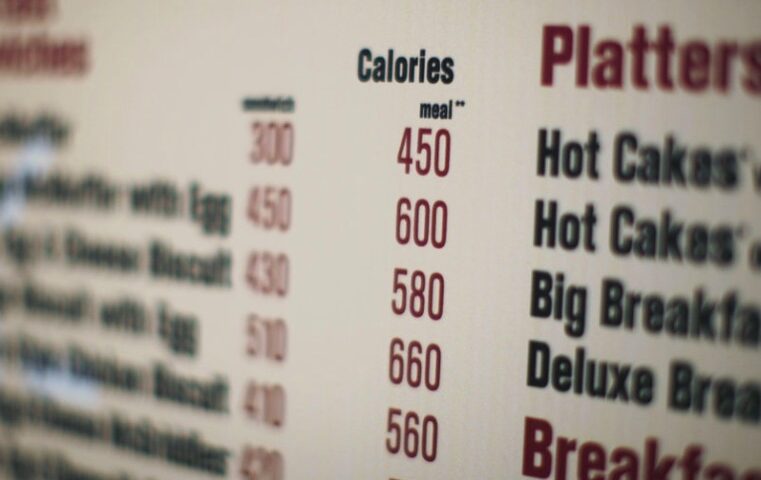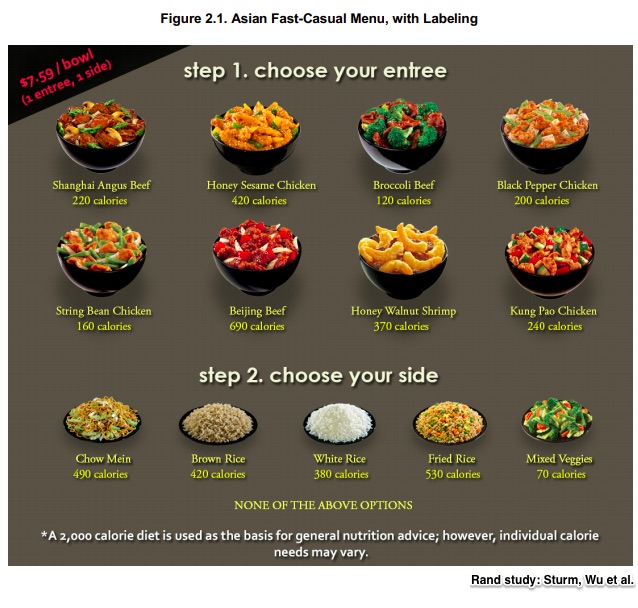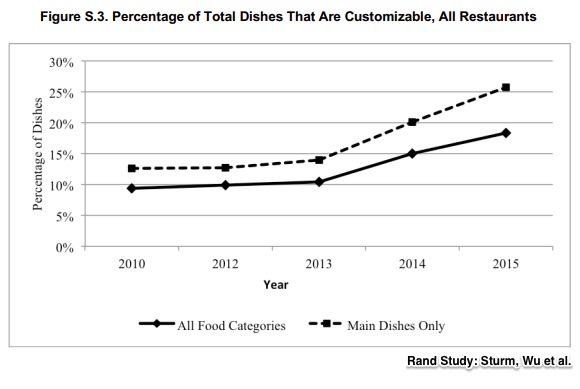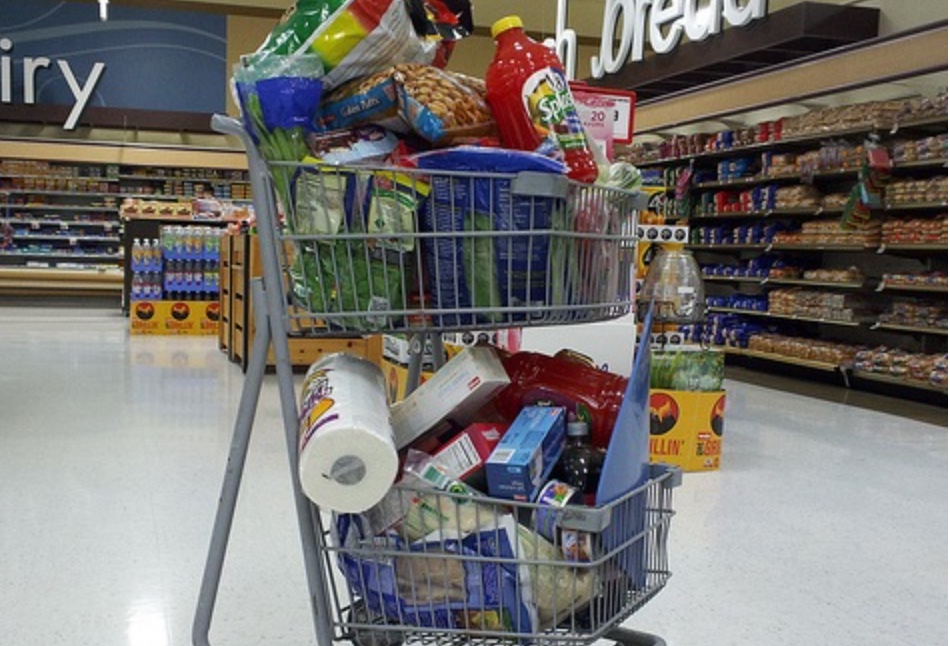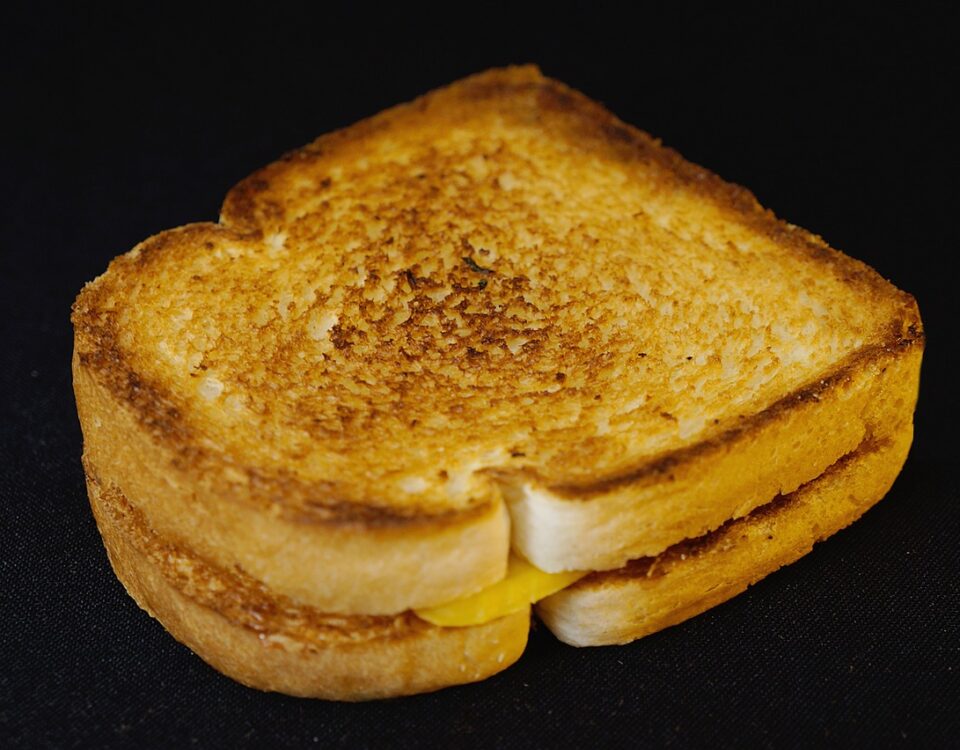
Why the Republicans and Democrats Are Like Coke and Pepsi
November 12, 2018
Six Facts: What We Need To Know About World Debt
November 14, 2018The calorie-count for Ruby Tuesday’s Chicken & Broccoli Pasta just dropped below a whopping 2,000. Similarly, Taco Bell and some others are cutting some calories:
The reason could be mandatory calorie labels.
Calorie Labels
Since May 7, 2018, food vendors and restaurant chains with more than 20 locations have had to post calorie counts. A list of the affected establishments is long. Ranging from movie theaters to vending machines, for now it does not include smaller businesses.
So yes, the calories in our wine, our salads, and our popcorn will be posted:
But will it make a difference?
A 2018 Rand Report describes how 6,000 online consumers responded to nine menus. Some had calorie information (shown below) and others did not. Participants also provided the answers to questions about their food attitudes and calorie knowledge. They even had to express how hungry they were and to guess the number of calories in a can of Coke.
One of their online menus:
Consumers
The key takeaway here was that people cared about their calories. Overall, the decrease was 7%. However, the experiment also provided insight about previous research that had contradictory results. It confirmed that our response to calorie count labels could depend on age, education, and gender. The type of restaurant makes a difference. Beforehand, most of us know what we want at fast food outlets, in movie theaters, and ice cream shops. But for a multi-course sit-down dinner, we ponder our choices and maybe our calories too.
Restaurants
Meanwhile, a second section of the Rand Report looked at whether restaurant menus have changed from 2010 to 2015. Unlike a lower calorie Starbucks croissant, the restaurant trend was customization. As a result, average calorie counts did not necessarily decrease. In fact, more customization correlated with a possible 6% to 7% increase:
Our Bottom Line: Unintended Consequences
The Affordable Care Act’s mandatory calorie labels are supposed diminish our calorie intake. As knowledgeable consumers, we should decide to eat less. And the restaurants that feed us should provide lower calorie alternatives.
A behavioral economist would wonder if we really are that rational. She could cite the impact of social norms, reference points, and decision fatigue. And she would conclude that calorie labels might not be entirely predictable.
My sources and more: Involving regulatory policy and academic research, the calorie count topic is complex. I had to identify the policy, see if it was implemented, and also uncover its impact. I began with two Washington Post articles, here and here, and two academic papers, here and here. I checked the FDA site for the regulation. And I finally gave up.
Our featured image (a McDonald’s) is from Ed Ou/AP through an NPR story.
![econlifelogotrademarkedwebsitelogo[1]](/wp-content/uploads/2024/05/econlifelogotrademarkedwebsitelogo1.png#100878)

